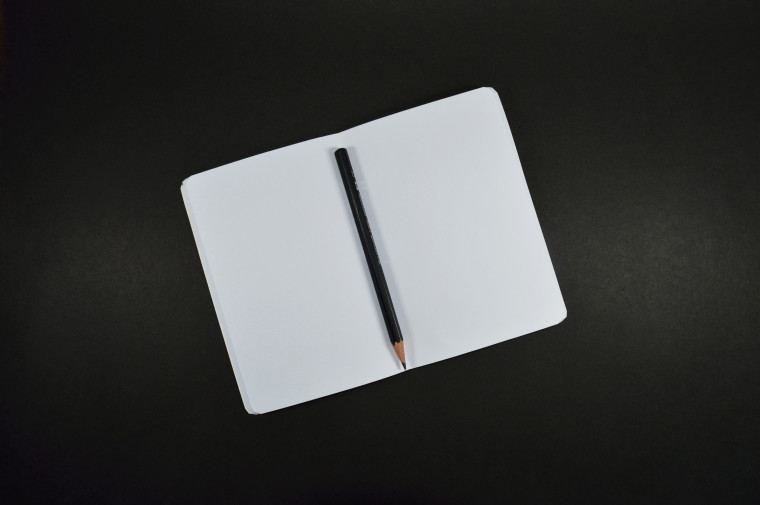Researchers build a pencil-paper based biometric wearable that can monitor body signals
By Ather Fawaz @AtherFawaz · Jul 14, 2020
[SHOWTOGROUPS=4,20][/showtogroups]
By Ather Fawaz @AtherFawaz · Jul 14, 2020
[SHOWTOGROUPS=4,20]

Photo by Miguel Á. Padriñán from Pexels
Researchers hailing from the University of Missouri Для просмотра ссылки Войдиили Зарегистрируйся the ability to build biometric wearables using a regular pencil and paper (via Для просмотра ссылки Войди или Зарегистрируйся). These on-skin electronic devices can be used in monitoring a variety of local physical conditions, including biophysical (temperature, biopotential) sensors, sweat biochemical (pH, uric acid, glucose) sensors, thermal stimulators, and humidity energy harvesters.
The modus operandi of the invention is as follows. We know that graphite is a good conductor of electricity due to the presence of a sea of free, de-localized electrons. So a pencil can be used to draw graphite patterns that can serve as conductive traces and sensing electrodes. On the other hand, a regular, ubiquitous office-paper can work as flexible supporting substrates for the device.
Для просмотра ссылки Войдиили ЗарегистрируйсяImage via University of Missouri
With this setup, the device performs real-time, continuous, and high-fidelity monitoring of a range of vital biophysical and biochemical signals from human bodies. These include instantaneous heart rates, respiratory rates, and sweat pH, uric acid, and glucose, skin temperatures, electrocardiograms, electromyograms, alpha, beta, and theta rhythms, among others.
Here is a Для просмотра ссылки Войдиили Зарегистрируйсяin action.
The researchers noted that the quality of results is also comparable to those from conventional methods of measuring the same physical quantities. In the same study, pencil–paper-based antennas, 2D and 3D circuits with LEDs and batteries, reconfigurable assembly, and biodegradable electronics were also explored. Moving forward, the team wants to further test this low-cost, accessible pencil-paper based setup before it can commercialize it.
/SHOWTOGROUPS]
[/SHOWTOGROUPS]

Photo by Miguel Á. Padriñán from Pexels
Researchers hailing from the University of Missouri Для просмотра ссылки Войди
The modus operandi of the invention is as follows. We know that graphite is a good conductor of electricity due to the presence of a sea of free, de-localized electrons. So a pencil can be used to draw graphite patterns that can serve as conductive traces and sensing electrodes. On the other hand, a regular, ubiquitous office-paper can work as flexible supporting substrates for the device.
Для просмотра ссылки Войди
With this setup, the device performs real-time, continuous, and high-fidelity monitoring of a range of vital biophysical and biochemical signals from human bodies. These include instantaneous heart rates, respiratory rates, and sweat pH, uric acid, and glucose, skin temperatures, electrocardiograms, electromyograms, alpha, beta, and theta rhythms, among others.
Here is a Для просмотра ссылки Войди
The researchers noted that the quality of results is also comparable to those from conventional methods of measuring the same physical quantities. In the same study, pencil–paper-based antennas, 2D and 3D circuits with LEDs and batteries, reconfigurable assembly, and biodegradable electronics were also explored. Moving forward, the team wants to further test this low-cost, accessible pencil-paper based setup before it can commercialize it.
/SHOWTOGROUPS]
[/SHOWTOGROUPS]
